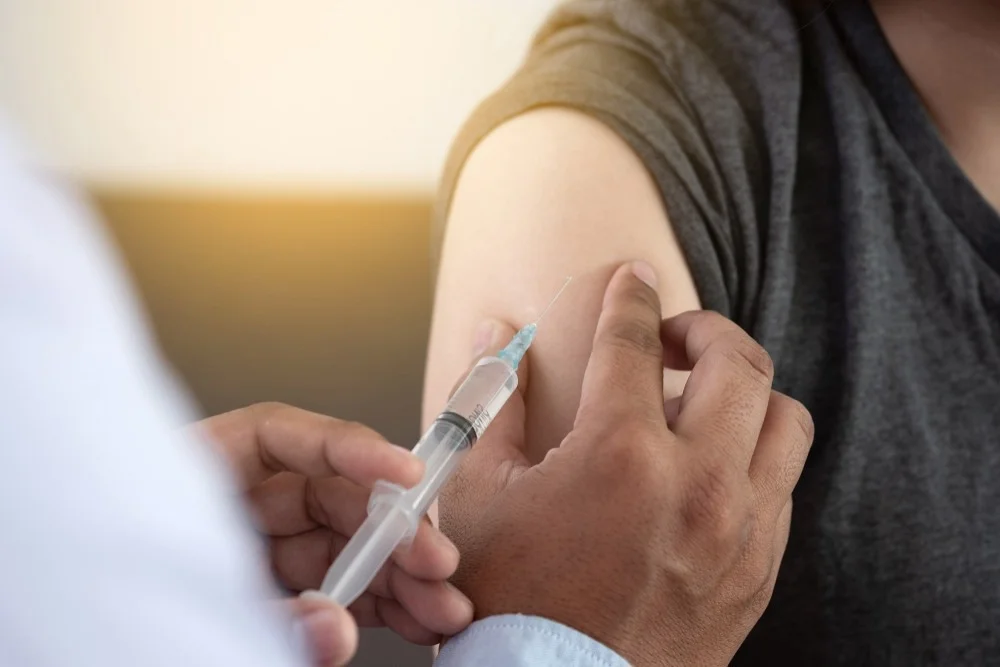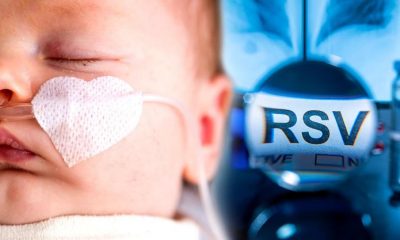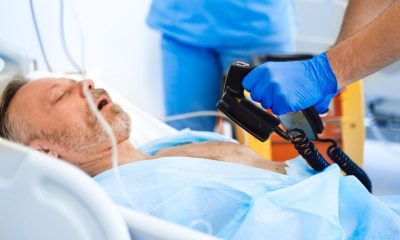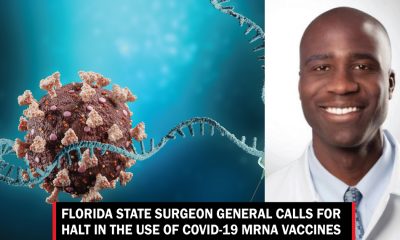A new peer-reviewed study provides “pretty conclusive proof” that mRNA from the COVID-19 vaccines migrates into breast milk — “probably for the first 48 hours after vaccination,” according to internet lecturer John Campbell, Ph.D.
Campbell, a retired emergency room nurse, teacher and author of two nursing textbooks, reviewed the study, published Sept. 19 in The Lancet, in a video presentation.
According to the study, the breast milk of 10 of 13 women who took the vaccine tested positive for mRNA up to 45 hours after the vaccine was administered.
The study confirmed the transportation of the synthetic mRNA lipid nanoparticles to the mammary glands via the bloodstream or lymphatic system, leading to its presence in breast milk, Campbell said.
“This is consistent with other studies, so there’s no real debate about this anymore,” he added.
The study did not investigate the effects of the contaminated breast milk on infants, Campbell said.
READ ALSO: Risk of vaccine-related myocarditis greater than risk of hospitalization from COVID-19
According to Campbell, regulators, public officials and doctors worldwide initially claimed the mRNA in the vaccine would stay localized at the injection site.
For example, mothers were reassured by the Academy of Breastfeeding Medicine (ABM) in a statement released on Dec. 14, 2020, that the vaccine lipid was unlikely to enter the bloodstream and reach breast tissue.
“If it does, it is even less likely that either the intact nanoparticle or mRNA transfer into milk,” the ABM said.
The American College of Obstetrics and Gynecology had — and continues to promote — a similar message.
Referring to the lipid nanoparticles carrying the mRNA, Campbell said, “If these people had gone to the bother of talking to anyone who specializes in pharmacokinetics … they would have said, ‘Well, with this size particle, it’s … almost certain to be distributed everywhere.’”
“It goes to your liver. It goes to your heart,” he said. “In this case, through the breasts. … It probably goes everywhere. It’s a pity we weren’t told.”
Campbell said he was “pretty cross” because such a disclosure would have reversed his decision to get vaccinated.
He pointed out that in the initial trials, breastfeeding mothers, pregnant women and infants were excluded, “yet the regulatory body still decided to go ahead and give these vaccines [to these groups] which weren’t tested.”
READ ALSO: COVID-19 vaccines responsible for 17 million deaths worldwide, study shows
“That’s a question they really need to answer,” he said.
The study found the mRNA in the breast milk was a degraded form with only 12-25% efficiency compared to the original vaccine.
Campbell emphasized that the only way the mRNA could get to the breast tissue would be if it were “systemically absorbed.”
Speaking of other biodistribution studies, Campbell said the lipid nanoparticles could find their way to the myocardium, perhaps the vascular endothelium in the coronary vessels, creating an autoimmune response.
RNA from vaccines can produce antigens that stimulate inflammatory responses from cytotoxic T-cells. Even lipid nanoparticles can potentially cause inflammatory reactions, Campbell said.
The study exposed these cells to the mother’s milk, which failed to produce the spike protein. Campbell said this was inconclusive as they mimic only intestinal cells, not all other cells exposed to the mRNA.

 Health & Fitness5 days ago
Health & Fitness5 days ago
 Aviation1 week ago
Aviation1 week ago
 Aviation6 days ago
Aviation6 days ago
 Aviation6 days ago
Aviation6 days ago
 Aviation6 days ago
Aviation6 days ago
 Aviation5 days ago
Aviation5 days ago
 Featured3 days ago
Featured3 days ago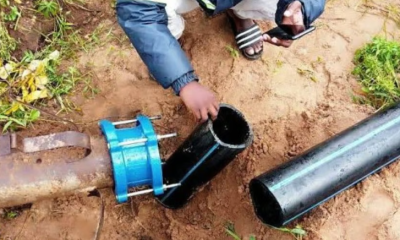
 Crime3 days ago
Crime3 days ago
